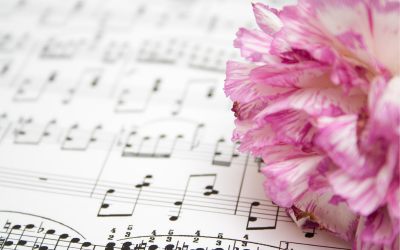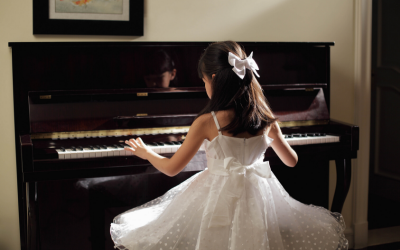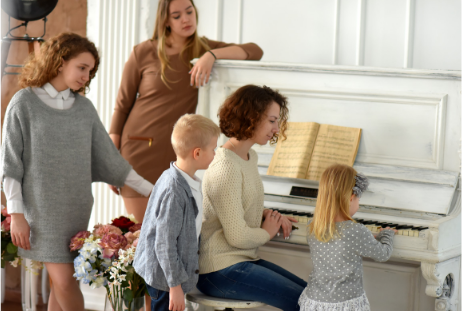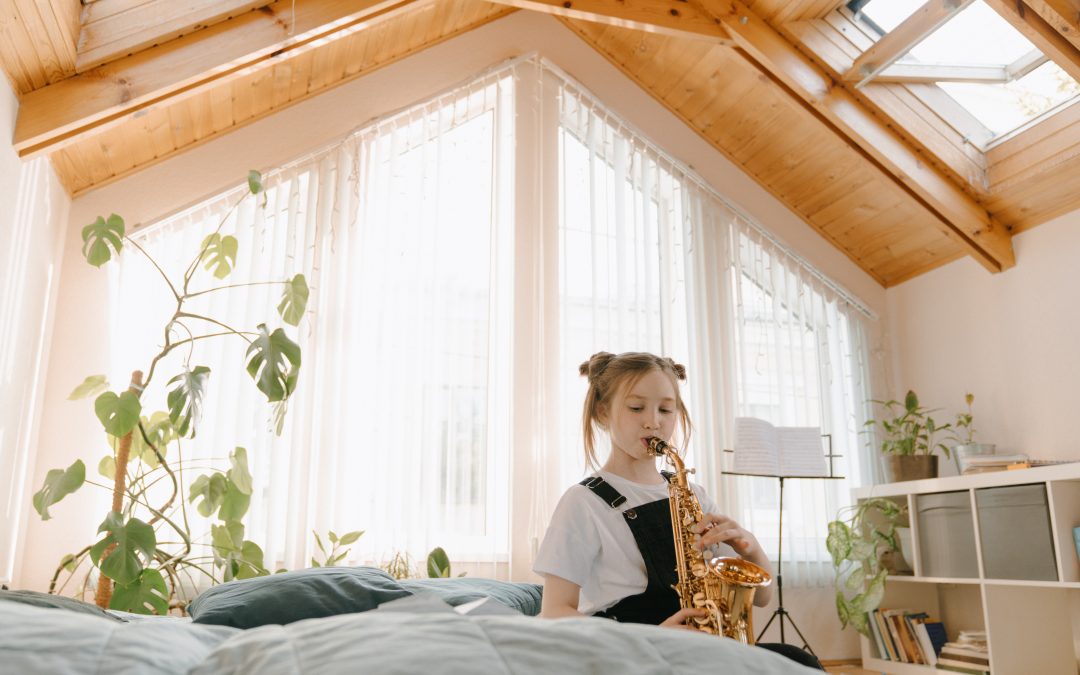facebooktwitterpinterestinstagramyoutubeOne of the complaints I hear from parents over and over again is that private music lessons are so expensive and take a huge bite out of their budget. Therefore in the last few blog posts, I have been discussing why that is so...

3 Reasons Why Making Mistakes When Practicing Is Perfect
3 Reasons Why Making Mistakes When Practicing Is Perfect
Do you believe in the doctrine that ‘practice makes perfect’?
I was often told that as a child and I hated practice. I hated it with a vengeance.
I think the main reason that I hated it so much was because my mom, who is also a music teacher, used to yell out every time I made a mistake.
No, she wasn’t scolding me, but rather, she would call out ‘Wrong’ or ‘That’s Wrong’ or something to that effect, which really got on my nerves, and as a result I quit playing piano so many times, that it was virtually impossible to count.
Anyway, fast forward a few years and as I grew up I started realizing several things about making mistakes when practicing and how actually making mistakes while practicing was perfect – no pun intended.
This realization totally changed my mindset around piano practice, and today I want to share those realizations with you, so you too can encourage your children and help them.
A Person Who Hasn’t Made Mistakes, Has Likely Made Nothing
Think about it.
The only people who have never made any mistakes in their lives, are those who have never learned or attempted anything. Don’t you think?
Remember Edison? When he was asked about the 1000 mistakes he made trying to invent the light bulb, what did he say?
‘I learned 999 ways how not to make a light bulb’.
Basically if he had quit because he was making so many mistakes, where would that have left us?
So, the next time your kids are frustrated with practice, talk to them, explain how important it is not to give up, especially when they are making mistakes.
Tell them that making mistakes helps them.
I will explain how, in the next point.
It Makes You Take Note Of Areas You Need To Focus On More
Yes, that’s it.
Making mistakes will help your kids to identify the areas that they need to focus on more and work through them.
This is not a bad thing, but rather a good thing, because now they can isolate the problem.
Also breaking the difficult parts into really bite sized pieces will definitely help them. So try and it and encourage them to take it one bar line at a time if necessary.
Teaches Perseverance And Cultivates A Growth Mindset
Continuing on in the face of failures, will help your child to develop that all important skill ‘perseverance’ and determination.
Don’t you think that is priceless?
Explain this to him. Especially older kids will be able to appreciate how the development of soft skills like perseverance are sometimes far more valuable than the actual book knowledge they are gaining.
Another point to remember through all of this, is what my favourite psychologist Carol Dweck says, we are going for ‘progress not perfection’.
So when we make mistakes, and recognize those mistakes and start working on eliminating them, we are progressing.
Perfection will come next, as it is inevitable, but progressing is more important.
You know what they say, it is about the journey and not the destination.
Making mistakes, not giving up and continuing to progress, make up a huge part of the journey on your child’s ultimate destination – Perfection.
Have kids of multiple ages in your homeschool learning different instruments? Then you should read my post on 9 ‘No Fail’ Tricks For Happy Piano Practice With Multiple Ages. Other related posts include 3 Absolute ‘Must Know’ Tricks To Have Your Kids Begging For Piano Practice.
Tell me what you think about the different points I have shared in this post. Do you agree with me, if so why or why not?

Karen Cadera
Founder/Creator
Mom, Teacher, Minimalist, Zero Waste Enthusiast, Multi Pod.
My daughter loved the games, but there were also worksheets and videos. The weekly lesson plans were complete, and I never questioned what I should be doing next.
This program reminded me (and allowed me to teach my son) how to read music. To me, that was the most important thing that we learned together. Of course, it was very rewarding for me to watch my son play the piano with both hands at the same time, while reading sheet music. His favorite parts of the course were actually playing the songs and doing the worksheets provided.
Articles That Maybe Of Interest To You
11 Shocking Reasons Why Private Music Lessons Are So Unaffordable
7 ‘Ultra Important’ Landmark Notes To Teach On The Grand Staff
facebooktwitterpinterestinstagramyoutubeSee below for a Free Printable Pack to go with the post.Today, I’m going to explain how you can introduce seven of the most important notes your child has to be able to identify on the Grand Staff. So instead of simply showing...
3 Essential Reasons Why Your Child Absolutely Needs To Learn How To Read Piano Music
facebooktwitterpinterestinstagramyoutubeOne of the biggest hoaxes that I hear time and again about learning music, is that kids don’t need to learn to read music. This belief comes mainly from parents who are able to play by ear, but have not had any formal training...










